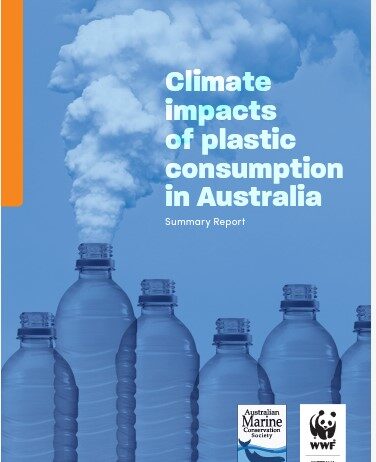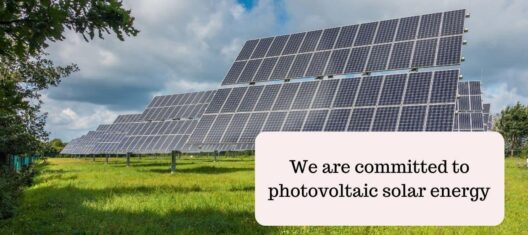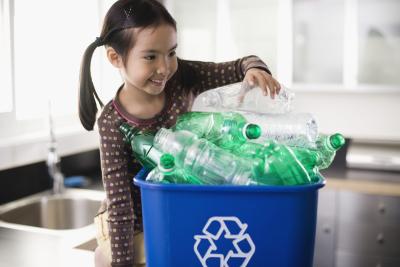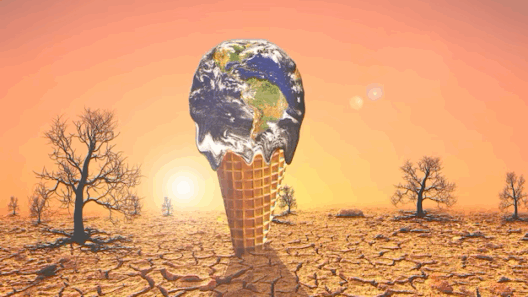The digital age has ushered in a new arena of convenience and connectivity. However, this surge in technology comes at an environmental cost that is often shrouded in ignorance. Electronic waste, commonly referred to as e-waste, serves as a discreet behemoth in our landfills, quietly contributing to the phenomenon of global warming. As we advance deeper into a world reliant on gadgets and gizmos, it is essential to excavate the multilayered narrative surrounding electronic waste, transforming our understanding from passive acknowledgment to proactive stewardship.
Picture the journey of a smartphone. It begins as a gleaming symbol of innovation—meticulously designed, packed with sophisticated functionalities, encased in fragile beauty. Yet, as swiftly as it captivates its owner, an ephemeral cycle begins; a newer model entices consumers, and the former device is relegated to the ominous shadows of obsolescence. Herein lies the slippery slope: every device discarded is a token of the larger conundrum—unfolding is a veritable cascade of greenhouse gas emissions lurking beyond the bin.
The allure of e-waste is less about the devices themselves and more about the materials they contain. Modern electronics are encrusted with precious metals, plastics, and rare earth elements, all of which entail extensive extraction and processing that impose significant environmental penalties. The mining of these materials is not merely labor-intensive but also incurs ecological devastation. Forests are razed, soils are contaminated, and habitats are obliterated. The dichotomy of advancement and degradation becomes glaringly evident.
As devices are manufactured, energy consumption soars, indicating an insidious trend. The production of electronics, particularly when they include intricate components such as lithium-ion batteries, is notorious for its heavy carbon footprint. The process often utilizes fossil fuels, further compounding its contribution to global warming. Each gadget, while ostensibly a harbinger of modernity, transforms into an emissary of carbon emissions. As such, for every electronic item we cherish, an implicit agreement to support an environmentally unfriendly lifecycle is tacitly formed.
The lifecycle of electronic products does not merely end at disposal. Transported to landfills, e-waste merrily mingles with innocuous refuse, concealing its toxic nature beneath layers of organic waste. Herein lies another paradox. As electronic components degrade, they release harmful substances, including lead, mercury, and cadmium, which leach into our precious groundwater and soil. This toxic runoff is not merely a localized concern; it aggregates into vast ripples that worsen the climate crisis, amplifying the urgency for reform.
The term “planned obsolescence” aptly encapsulates the challenges at hand. Manufacturers, in their quest for profit, often produce devices with limited lifespans, prompting consumers to replace rather than repair. This relentless cycle ensures a continuous feed of e-waste, creating a planetary burden that echoes through generations. The volume of e-waste produced globally is projected to soar dramatically, with estimates suggesting that annual e-waste could reach 74 million metric tons by 2030. Each discarded device signifies not only the waste of materials but also the squandered energy, time, and resources invested in its production.
Equally notable is the opportunity for redemption hidden in the narrative of e-waste. To tackle this burgeoning crisis, a multifaceted approach is essential. First and foremost, extending the life of gadgets through repair and refurbishing initiatives can significantly mitigate waste. Repair cafés and community workshops are blossoming, empowering consumers to foster a culture of repair rather than disposability.
Secondarily, recycling programs that specialize in e-waste serve a vital role, enabling the recovery of valuable materials. Utilizing sophisticated technologies, recycling centers can extract metals and components that can be reincorporated into new devices, drastically reducing the demand for raw material extraction. By creating a circular economy where materials are conserved and reused, the cycle of destruction may be subtly but resolutely altered.
Moreover, governmental policies must coalesce around the regulation of e-waste. Implementing comprehensive e-waste management strategies that incentivize manufacturers to engage in environmentally sound practices can transform the landscape of electronic production. These policies can compel companies to design products conducive to recycling, thus blueprints can emerge for electronics that honor both innovation and sustainability.
Education serves as the bedrock of transformation. By amplifying awareness of e-waste’s environmental impact, consumers can become conscientious advocates for change. Integrating discussions about responsible consumption into educational curricula can empower future generations to approach technology with a critical mindset. It invites mediating the urge for the newest gadgets with discussions around conservation and environmental responsibility.
As the digital age propels us towards unprecedented advancements, it is imperative that we do not lose sight of the environmental ramifications of our electronic habits. Each discarded device cascades into a colossal framework of electronic waste, siphoning the vitality of our planet. Only through a concerted effort—including repair, recycling, legislative action, and education—can society navigate this intricate web of technology and responsibility. Our journey beyond the bin, confronting the stark realities of e-waste, is not merely an errand; it is an imperative for generations to come. In this interplay of technology and ecology, the choices we make today are the seeds for the sustainability of our future.







